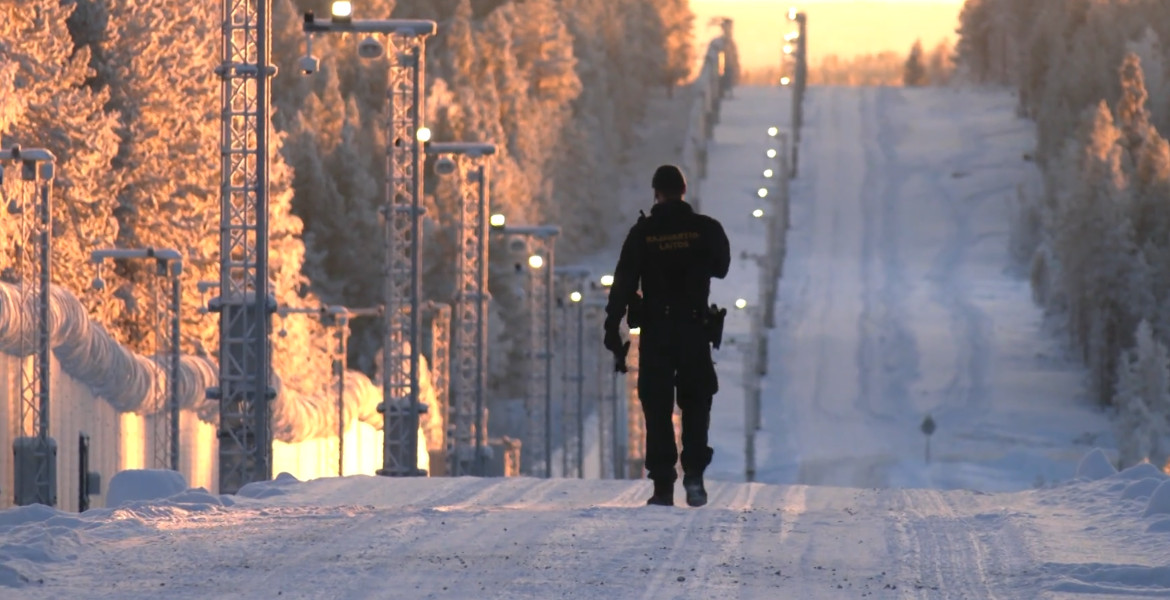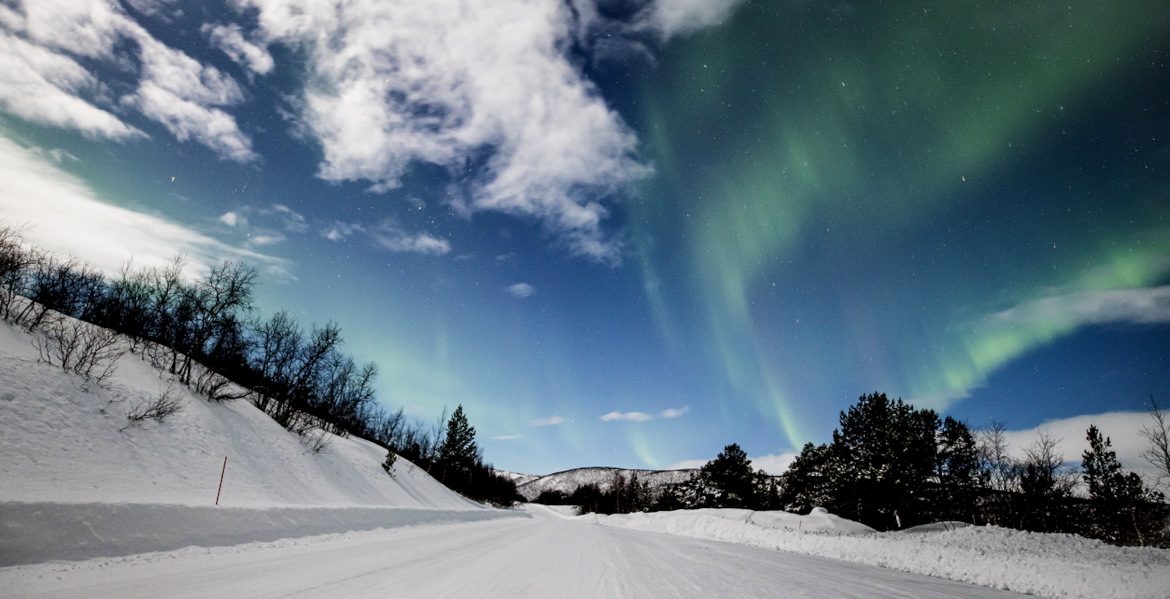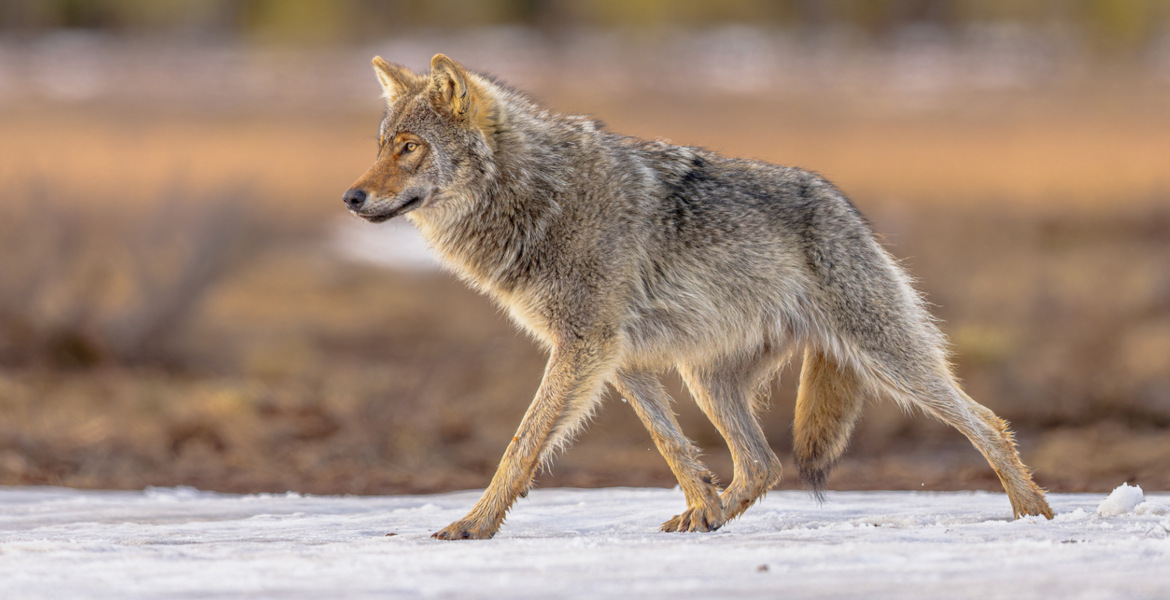Two new Arctic fox dens have been discovered in Finnish Lapland, adding nine new pups to the critically endangered species. This brings the total number of Arctic fox pups born in Finland this summer to 25.
According to the wildlife management agency Metsähallitus, this is positive news for the critically endangered Arctic fox. One of the dens, located near the Enontekiö mountains, is in the same place where a fox den was found last year for the first time in 25 years. A total of 16 cubs were found in the two new dens, bringing the total for all this year's litters to 25 Arctic fox cubs.
– We had also observed these nests for a long time, but it was only a few days ago that the wildlife camera images we received revealed the cubs to us, says nature conservation expert Tuomo Ollila in a press release from the Finnish Wildlife Agency, according to Finnish state channel Yle.
Both WWF and Metsähallitus have been running feeding stations in the mountain areas to support the survival of Arctic fox cubs and also help the adults to stay in the region, even when natural food availability is low.
Petteri Tolvanen, Program Director of WWF's Finnish branch, says the new discovery confirms that the Arctic fox is making a comeback in Finland.
– However, conservation efforts must continue in order to build on this positive development, he says.
Facts: Arctic fox (Vulpes lagopus)
The species is one of the oldest mammalian species on the Scandinavian peninsula, along with reindeer and arctic chamois. It is found in Siberia, Canada, Alaska and Greenland. In Scandinavia, it is mainly found in mountainous areas. It is critically endangered in Sweden and critically endangered in Finland.
Arctic foxes are monogamous and sometimes pups can stay with their parents for a year, and sometimes two Arctic fox families can live together in the same den.
The animals are largely scavengers and eat what they find. The color of their fur can be either white in winter and brown in summer or blue-black all year round.




